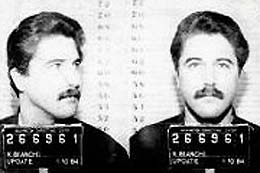
Kenneth Alessio Bianchi is an American serial killer, kidnapper, and rapist. He is known for the Hillside Strangler murders committed with his cousin Angelo Buono Jr. in Los Angeles, California, as well as for murdering two more women in Washington by himself. Bianchi is currently serving a sentence of life imprisonment in Washington State Penitentiary for these crimes. Bianchi was also at one time a suspect in the Alphabet murders, three unsolved murders in his home city of Rochester, New York, from 1971 to 1973.

Dorothea Helen Puente was an American convicted serial killer. In the 1980s, she ran a boarding house in Sacramento, California, and murdered various elderly and mentally disabled boarders before cashing their Social Security checks. Puente's total count reached nine murders; she was convicted of three and the jury hung on the other six. Newspapers dubbed Puente the "Death House Landlady".
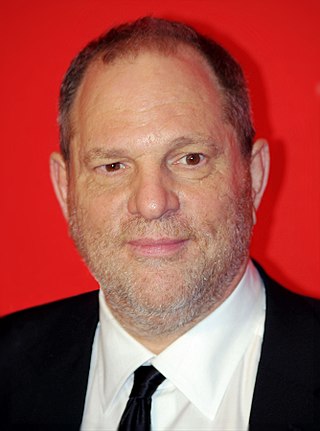
Harvey Weinstein is an American former film producer.
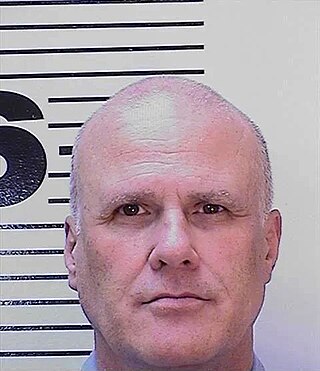
Cary Anthony Stayner, also known as the Yosemite Park Killer or the Yosemite Killer, is an American serial killer and the older brother of kidnapping victim Steven Stayner. He was convicted of the murders of four women between February and July 1999. The murders occurred in Mariposa County, California, near Yosemite National Park. Stayner was sentenced to death for the four murders and is still on death row at San Quentin State Prison.
Day-care sex-abuse hysteria was a moral panic that occurred primarily during the 1980s and early 1990s, and featured charges against day-care providers accused of committing several forms of child abuse, including Satanic ritual abuse. The collective cases are often considered a part of the Satanic panic. A 1982 case in Kern County, California, United States, first publicized the issue of day-care sexual abuse, and the issue figured prominently in news coverage for almost a decade. The Kern County case was followed by cases elsewhere in the United States, as well as Canada, New Zealand, Brazil, and various European countries.

Phillip Carl Jablonski was an American serial killer convicted of killing five women in California and Utah between 1978 and 1991.
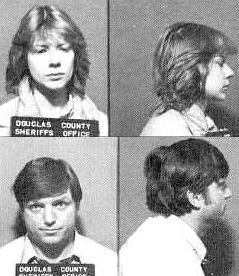
Gerald Armond Gallego and Charlene Adell Gallego were two American serial killers and rapists who were active mainly in Sacramento, California, between 1978 and 1980. They murdered at least eleven victims, mostly teenagers, often kept as sex slaves before killing them.
Arthur Allan Thomas is a New Zealand man who was granted a Royal Pardon and compensation after being wrongfully convicted of the murders of Harvey and Jeannette Crewe in June 1970. Thomas was married and farming a property in the Pukekawa district, south of Auckland before the case. Following the revelation that the crucial evidence against him had been faked, Thomas was pardoned in 1979 and awarded NZ$950,000 in compensation for his 9 years in prison and loss of earnings.

Rodney James Alcala was an American serial killer and sex offender who was sentenced to death in California for five murders committed between 1977 and 1979, receiving an additional sentence of 25 years to life after pleading guilty to two further homicides committed in New York State in 1971 and 1977. While he has been conclusively linked to eight murders, Alcala's true number of victims remains unknown and could be much higher – authorities believe the actual number is as high as 130.

Roger Reece Kibbe was an American serial killer and rapist known as the "I-5 Strangler". Kibbe found all but one of his victims on freeways around Sacramento, California. In 1991 he was sentenced to 25 years to life imprisonment for the death of Darcie Frackenpohl.
Daniel Ken Holtzclaw is a former police officer in the United States. He was convicted in December 2015 of multiple counts of rape, sexual battery, and other sex offenses while working for the Oklahoma City Police Department.
People v. Turner, formally The People of the State of California v. Brock Allen Turner (2015), was a criminal case in which Brock Allen Turner was convicted by jury trial of three counts of felony sexual assault.

Joseph Roy Metheny was an American serial killer and rapist from the Baltimore, Maryland area. While he claimed to have killed 13 people, sufficient evidence was only found to convict him of two murders. Research later confirmed 3 more victims, through matching his confessions to evidence.
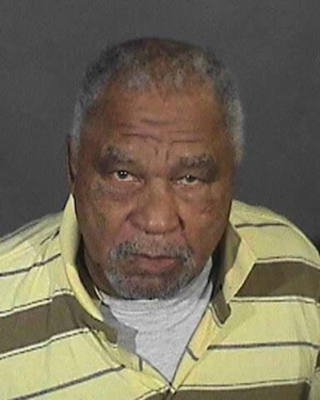
Samuel Little was an American serial killer who confessed to murdering 93 people, nearly all women, between 1970 and 2005. The Federal Bureau of Investigation (FBI)'s Violent Criminal Apprehension Program (ViCAP) has confirmed Little's involvement in at least 60 of the 93 confessed murders, the largest number of confirmed victims for any serial killer in United States history.
Susan Monica is an American former sailor and convicted murderer. She garnered public attention after being convicted of murdering two men at her residence in rural Wimer, Oregon. Both of the victims had worked as handymen on her farm, and each had gone missing under mysterious circumstances in 2012 and 2013, respectively. In both cases, Monica dismembered the victims before feeding portions of their remains to her farm pigs. Partial remains of the two men were discovered at her residence after authorities interrogated her for identity theft of one of the men.
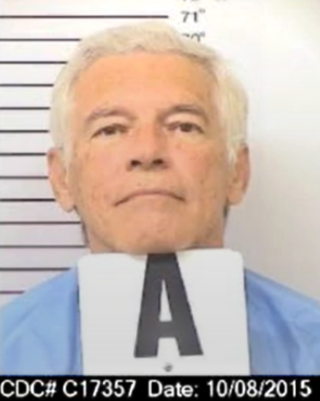
Philip Joseph Hughes Jr. known as The East Bay Strangler, is an American convicted serial killer. He killed at least three young women in Contra Costa County throughout the 1970s with the help of his ex-wife, Suzanne Perrin.
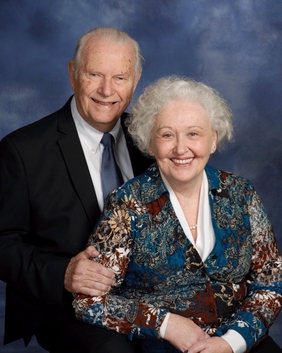
On April 14, 2013, Oliver "Chip" Northup Jr. and his wife Claudia Maupin were tortured, murdered, and mutilated by Daniel William Marsh in the couple's Davis, California home. Marsh, who was 15 years old at the time of the murders, had an extensive history of antisocial and violent behavior. Marsh had long been fantasizing about torturing and murdering people and desired to become a serial killer. The high-profile murders have impacted the policy debate surrounding the sentencing of juvenile offenders.

Numerous police and international intelligence agencies classify the Hells Angels Motorcycle Club as a motorcycle gang and contend that members carry out widespread violent crimes, including drug dealing, trafficking in stolen goods, gunrunning, extortion, and prostitution rings. Members of the organization have continuously asserted that they are only a group of motorcycle enthusiasts who have joined to ride motorcycles together, to organize social events such as group road trips, fundraisers, parties, and motorcycle rallies, and that any crimes are the responsibility of the individuals who carried them out and not the club as a whole.

Robert Edward Maury, known as The Tipster Killer, is an American serial killer who sexually assaulted and strangled at least three women to death in Shasta County, California, from 1985 to 1987. After each murder, Maury called into a tip line to tell detectives where the bodies were located, contributing to his nickname.

Bryan Maurice Jones, known as The Dumpster Killer, is an American murderer, rapist and suspected serial killer who murdered between two and four women in San Diego, California from 1985 to 1986. After killing them, he would discard their bodies in dumpsters.















